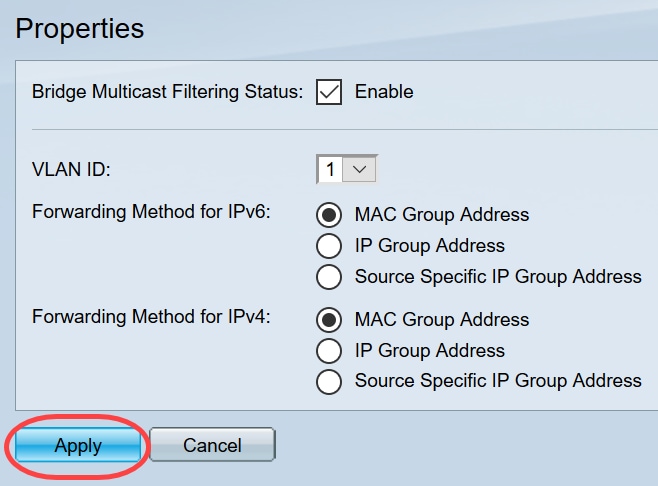

If Pulseaudio does not correctly detect your input / output devices ("sources" and "sinks" in Pulseaudio parlance), you can try deleting the configuration files and restarting pulseaudio. Missing playback devices or audio capture Sound level is low or suddenly becomes too loud Interrupting play in Amarok when running SkypeĬomment out or remove the line in the /etc/pulse/default.pa Or on systems that do not use systemd (including Debian 8 and earlier):

To reread the config files ~/.config/pulse/nf and /etc/pulse/nf, one can restart pulse: It uses socket activation, which means Pulseaudio will start automatically when an application tries to use it. Since Debian 9, Pulseaudio is managed by the per-user instance of systemd. To enable all channels, edit the file /etc/pulse/nf: uncomment default-sample-channels (ie remove the semicolon at the beginning of the line) and set it to 6 if you System 5.1 or 8, if your system is 7.1.Īfter making the changes, restart Pulseaudio.

PulseAudio has no default settings for surround sound support. Many people have a multi-channel sound cards, but use the speakers for the two channels.

Often such programs will not mention Pulseaudio and will simply be called something generic like "Sound Settings". However, you may not need to install pavucontrol as most desktop environments have their own control panels for configuring Pulseaudio. It also allows you to change "mixer" settings like headphone output, mic level, input device, and stereo versus surround sound profiles. Pavucontrol, an optional package for pulseaudio, allows you to make volume adjustments (entire system or per application). If the sound is registering in the vu vumetre of that program, then it is being routed through the pulse system. This can be checked by with pavucontrol (in the pavucontrol package). Pulseaudio becomes the default when the package is installed. If you need to install it manually, apt-get install pulseaudio should "just work" in every release since Debian 6 (Squeeze).


 0 kommentar(er)
0 kommentar(er)
